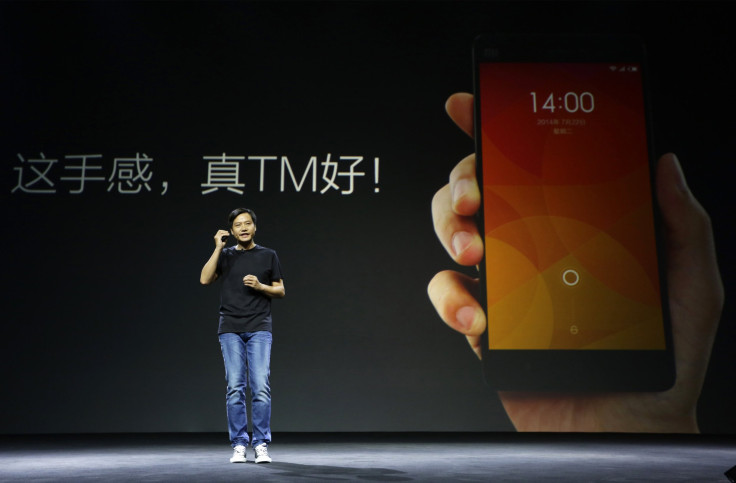Xiaomi Profit Nearly Doubled In 2013, Forecast To Rise 75% In 2014: Report

Xiaomi Inc., China’s biggest mobile phone seller by shipments, almost doubled its profit in 2013, the Wall Street Journal reported, citing a confidential document it had seen. The document was presented to banks by Xiaomi, when it raised $1 billion recently to invest in Internet television, the paper said Wednesday.
Xiaomi’s net profit last year rose 84 percent to 3.46 billion yuan ($566 million) from 1.88 billion yuan in 2012, and revenue more than doubled to 27 billion yuan. Xiaomi also forecast a 75 percent rise in profit this year, according to the Journal. Xiaomi might consider a stock market listing as early as next year, South China Morning Post reported Thursday, citing two people close to the company that it didn’t name.
Xiaomi, which only started selling handsets in 2011 in China, has come to dominate that market, overtaking Samsung Electronics Co. Ltd. as the largest seller in the country earlier this year, with its Redmi entry-level phone that costs 699 yuan ($114) and its Mi series flagship devices. The phones, including the Mi3, have become popular in other Asian markets where discounts on online portals such as on India’s Flipkart.com have seen the handsets sell out in seconds.
The latest flagship, Mi4, currently costs 1,999 yuan ($327), and is expected to hit India, the world’s third-largest smartphone market, in early 2015, the company has said. Rumors reported in Chinese media say Xiaomi could be preparing for a new product in China and could cut the price of the Mi4.
Xiaomi spent 876 million yuan, or 3.2 percent of its revenue, on sales and marketing expenses last year, compared with 416 million yuan, or 3.9 percent in 2012, the Journal reported, citing the document.
This story has been updated, in the second paragraph, to reflect a potential public listing, as reported by the South China Morning Post on Thursday.
© Copyright IBTimes 2024. All rights reserved.












